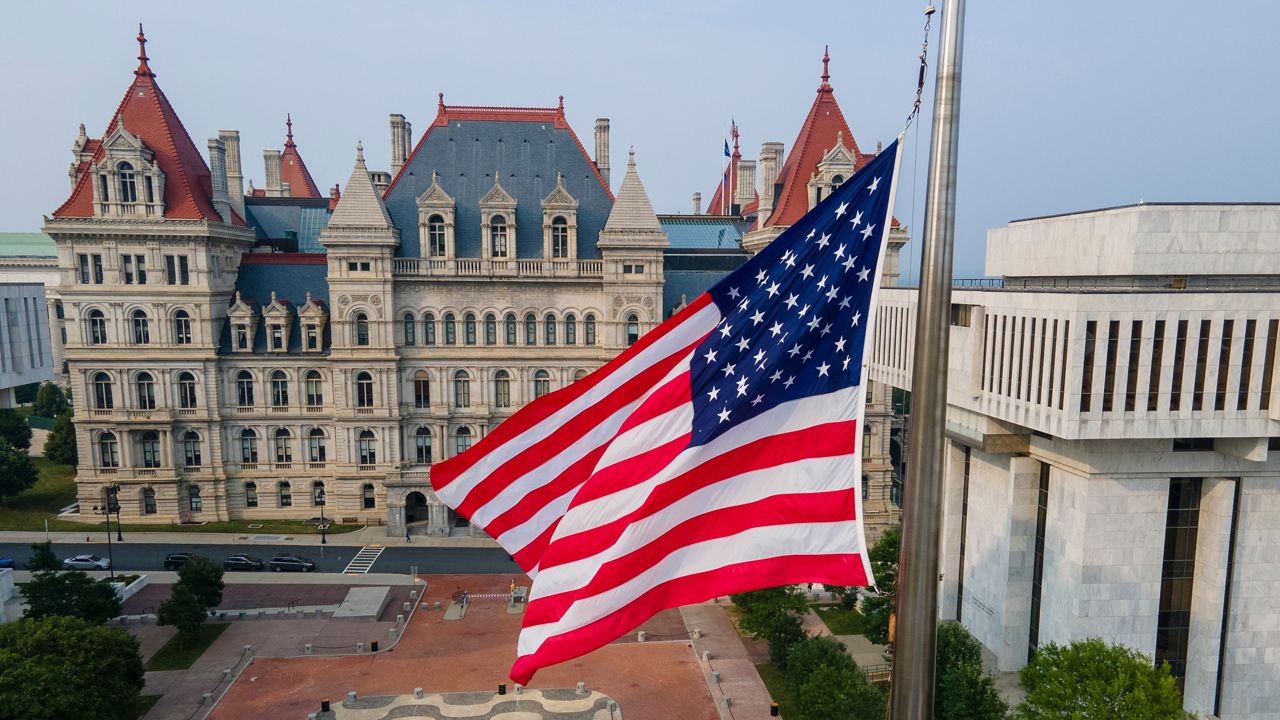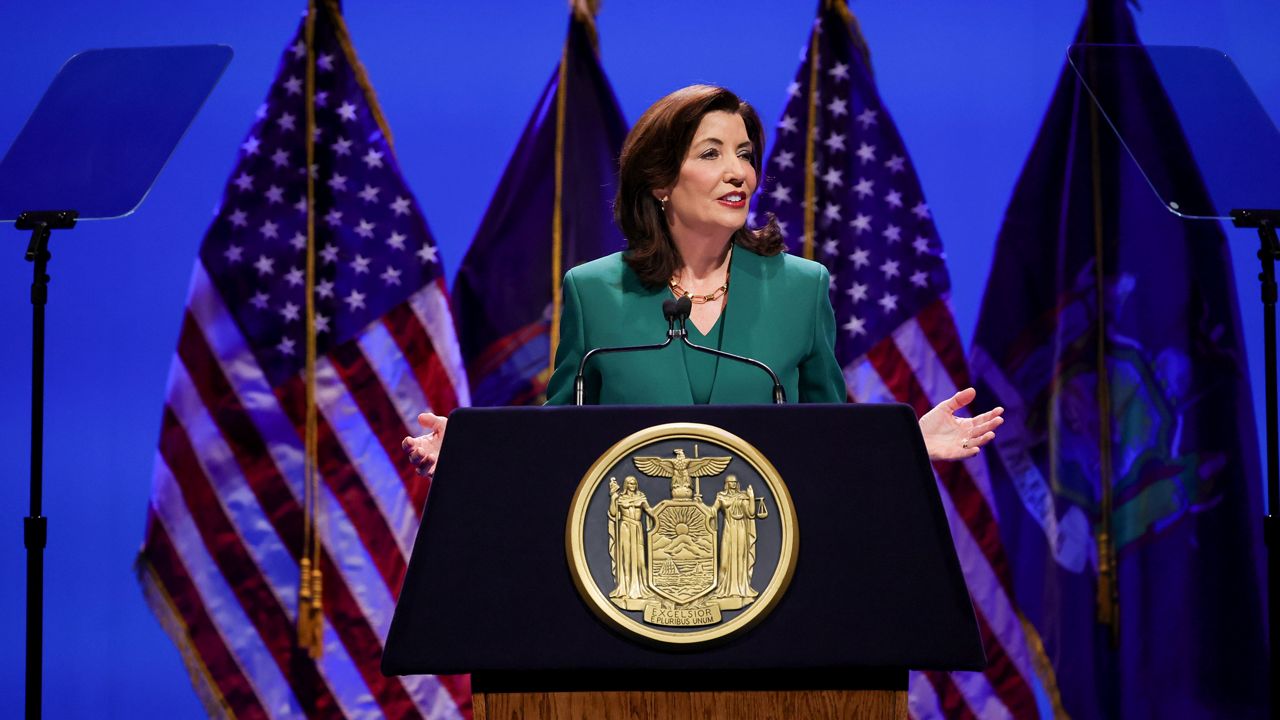The COVID-19 pandemic placed tremendous stress on the health care workforce. On Monday, the Senate held a hearing examining some of the challenges facing particularly nursing home and assisted living facility workers.
Nursing home and assisted living facility workers are being paid right now at or near the minimum wage, which for Upstate New York is $12.50 and for New York City is $15 an hour.
At the same time, across the state, fast food workers are making a minimum wage of $15 an hour.
Dora Fisher from the Health Care Association of New York State explains that many of these health care workers just simply can’t afford to stay in this line of work.
And the turnover rate? It is at 94%.
“You can get a job at Walmart stocking shelves for about the same wages as you would get at a nursing home,” Fisher said. “And nursing home work is incredibly grueling. Even if people are excited about aging, excited about older adults, it's still pretty hard to swallow toileting, grooming, all of that kind of work, when you can just work at Walmart.”
Recently passed nursing home reform bills will require nursing home and assisted living facilities to hire more workers to meet new minimum staffing requirements by next year. But facilities says not only is there not enough people to hire, they also can’t afford it.
Operators of these facilities testifying at the Senate hearing said one of the main reasons they can’t raise these workers’ wages is due to the fact that the state hasn’t increased its Medicaid reimbursement to these facilities in over 12 years.
Operators say they would have to raise the cost for residents, who are on a fixed income, in order to increase wages for workers.
“Remember that for most facilities that means that you're passing it on along to the resident, who has a fixed income,” Lisa Newcomb, executive director of the Empire State Association of Assisted Living, said. “You know, something’s got to give at some point.”
“The workforce issues and the Medicaid reimbursement issues are inextricably linked,” Stephen Hanse, president of the New York State Health Facilities Association, said. “You can't get many workers without providing enough money to provide to encourage workers to come into long term care.”
Many facilities also expressed their frustration with having to still submit extensive nursing home data to the Health Department every day by 1 p.m.
Regulations that were only used during severe catastrophes are now still being implemented even after the state of emergency was lifted.
Senator Sue Serino questioned Senator Rachel May, chair of the Aging Committee and who was in charge of scheduling who would be testifying, on why the Health Department was not invited to the hearing.
The Health Department is not only the chief regulator of nursing homes and long-term care facilities across the state, it also plays a critical role in directing funding toward various initiatives.
“Were they invited today?” Serino asked.
“We decided that this was really about hearing solutions coming from outside the department so we could give a report to the department,” May said.
“Because they just have such a huge part to play in this, I'm just kind of surprised that they're not here with us,” Serino said. “It’s a little disappointing, but thank you.”
During a break in the hearing, Serino explained her comments inside, saying that “they should have been here because they are the oversight, so they should be hearing all this and contributing to this. I just don't understand why they're not here.”
The hearing also examined home health care worker challenges, an issue Spectrum News 1 will continue coverage on on Wednesday.









